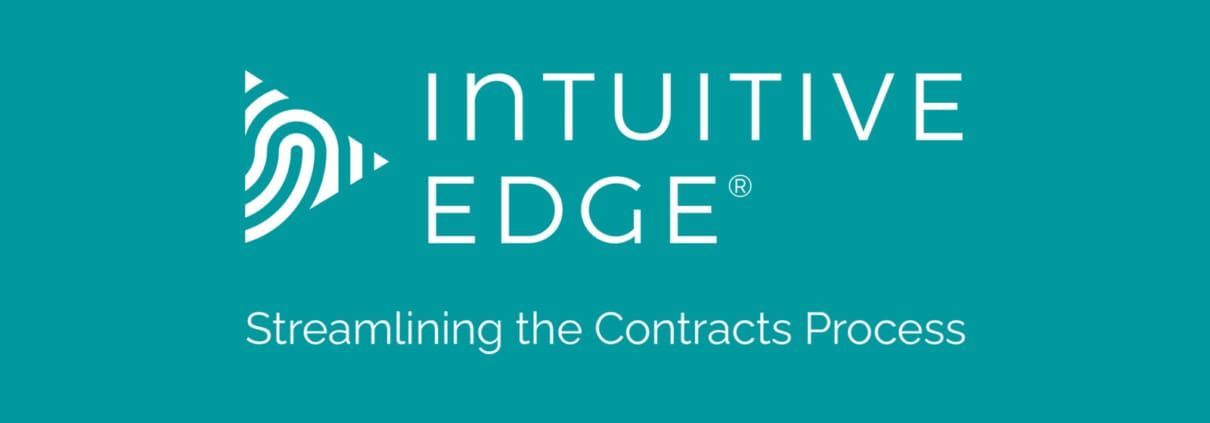Harnessing Historical Data for Enhanced Negotiations During Procurement Transition
In the intricate web of M&A, negotiations form the backbone of successful procurement transitions. The complexity of these negotiations, however, can be overwhelming, often laden with missed opportunities and potential pitfalls. In this digitally driven era, there’s an ace in the hole that modern companies and ALSPs (Alternative Legal Service Providers) are utilizing: harnessing the power of historical data. Here’s a closer look at how historical data can be the game-changer in negotiations during procurement transitions.
1. The Goldmine of Historical Data
Every past transaction, negotiation, and deal leaves behind a trail. This trail, while seemingly inconsequential in isolation, aggregates to form a treasure trove of actionable insights. From past pricing models and supplier behavior to negotiation tactics and outcomes, historical data is rich with lessons waiting to be mined.
2. Leveraging Past Transactions
Having data on prior engagements with suppliers and suppliers offers several benefits:
- Identifying Patterns: Are there recurrent negotiation hurdles with specific suppliers? Are certain concessions repeatedly asked for?
- Setting Benchmarks: What were the best terms achieved in the past? How can they be used as a starting point for future negotiations?
3. ALSPs: The Custodians of Cross-client Insights
Alternative Legal Service Providers, with their vantage point across multiple transitions, are uniquely positioned to gather data-driven insights:
- Broader Perspective: ALSPs accumulate data from various clients, painting a clearer picture of industry-wide trends.
- Tailored Strategies: ALSPs can adjust negotiation strategies based on historical performance and supplier profiles.
4. Predictive Power: Anticipating Supplier Moves
Historical data can help predict future behavior:
- Supplier Behavior Modeling: With enough data points, companies can anticipate supplier negotiation tactics, enabling a proactive approach.
- Risk Mitigation: By understanding the common pain points of past negotiations, steps can be taken to address them upfront.
5. Negotiation Simulations & Scenario Analysis
With the wealth of historical data, companies can simulate negotiation scenarios:
- Strategy Refinement: Test out various negotiation strategies in a simulated environment to gauge potential outcomes.
- Competitor Benchmarking: How do current terms compare with industry standards or past engagements?
6. Informing Decision-making with Data-Driven Insights
Historical data ensures that negotiations aren’t based on gut feeling alone:
- Fact-based Negotiations: Equip negotiators with data-backed arguments, enhancing credibility and persuasiveness.
- Real-time Adjustments: Quickly refer to historical benchmarks during live negotiations to make informed concessions or demands.
Conclusion
Negotiations during procurement transitions are a blend of art and science. While interpersonal skills, intuition, and experience remain invaluable, there’s an undeniable edge to be gained by integrating historical data into the mix. As companies and ALSPs increasingly recognize and tap into this potential, data-driven negotiations will pave the way for more efficient, effective, and successful procurement transitions.






Leave a Reply
Want to join the discussion?Feel free to contribute!